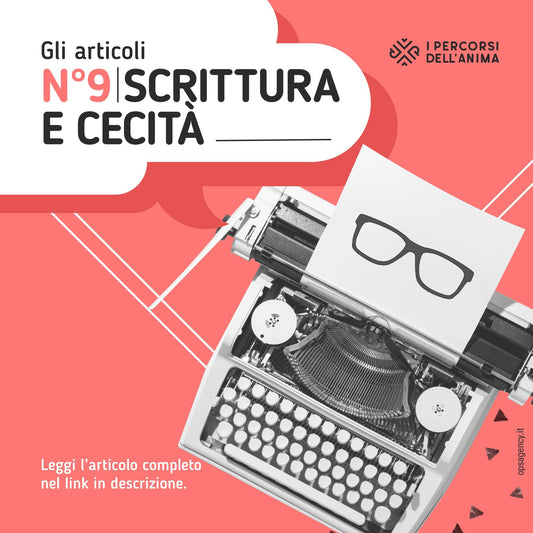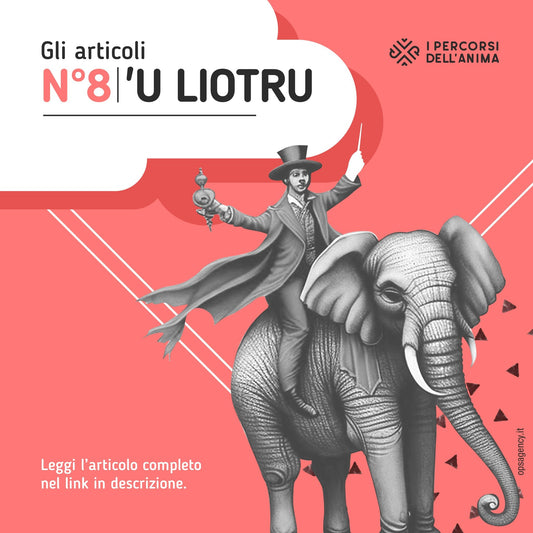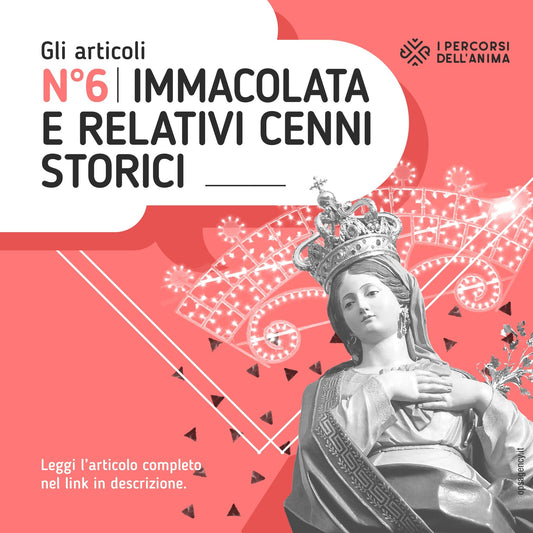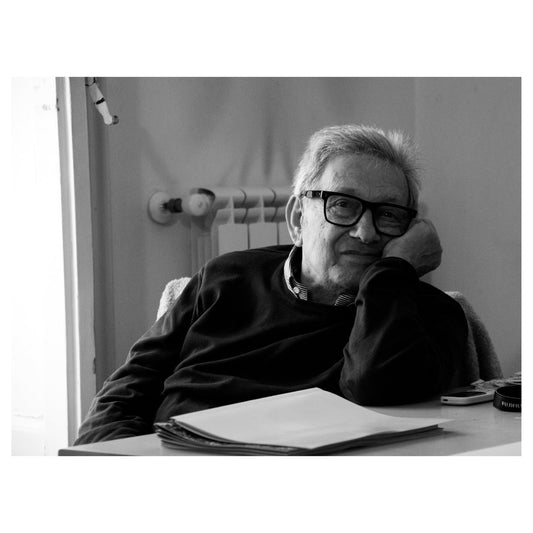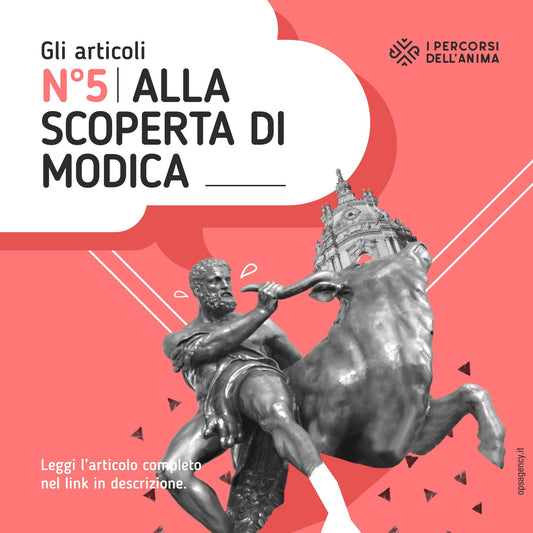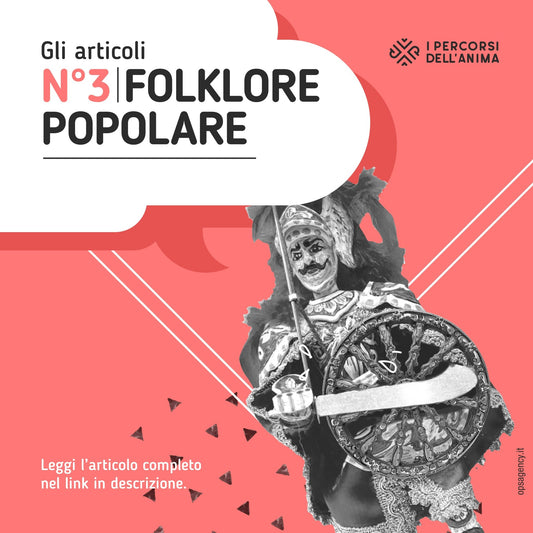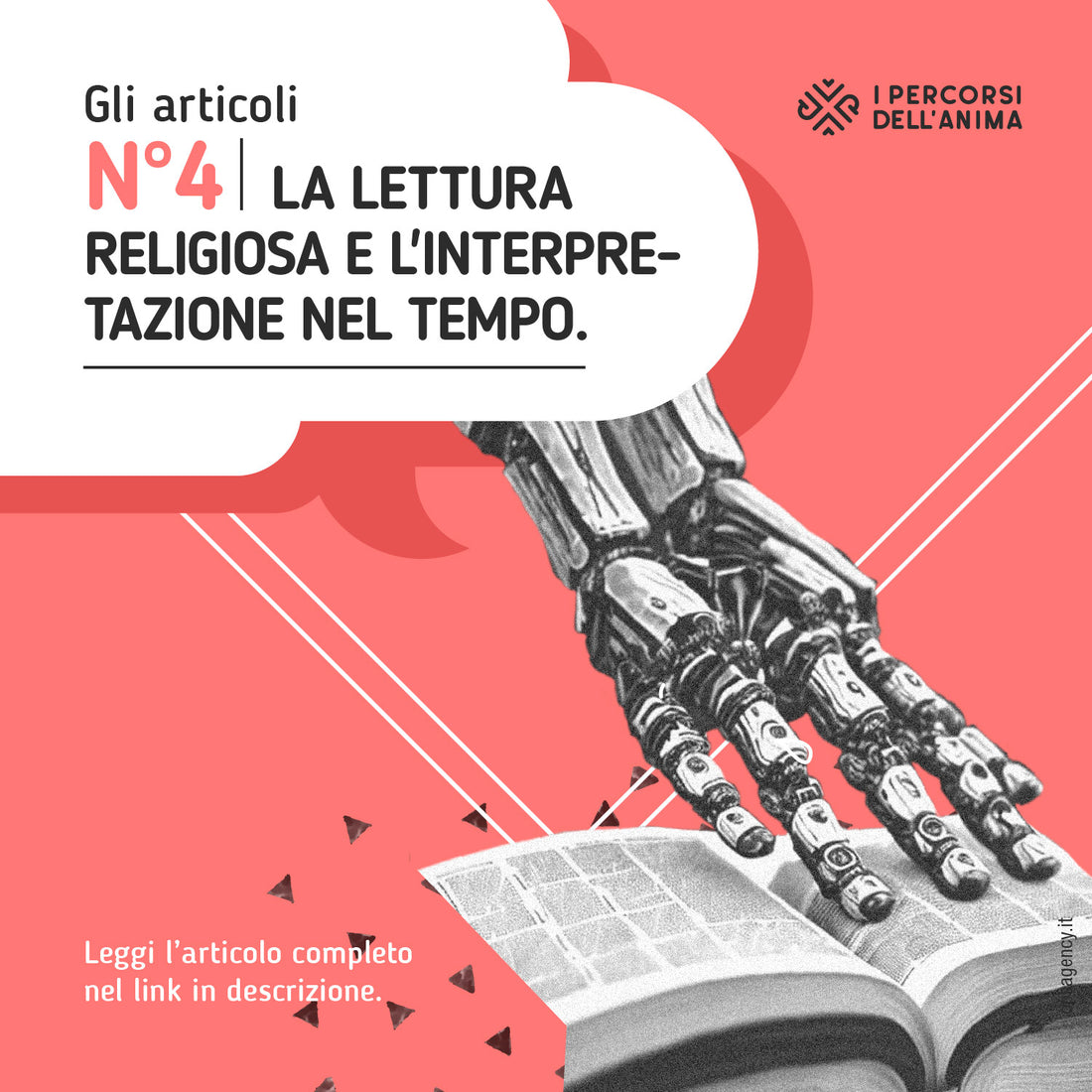
RELIGIOUS READING AND INTERPRETATION OVER TIME
Land of culture and great writers, cradle of the literary movement of the Sicilian school which arose approximately between 1220 and 1226. Do you know what it is? We'll tell you about it :)
This movement was born at the court of Emperor Frederick II of Swabia and the poetry of this period was characterized by being the first production in Italian vernacular of which today we fortunately retain ample evidence.
The Sicilians and the various men of letters present at court for the drafting of their texts were mainly inspired by the love poetry of the Provençals based on the form of courtly love.
The poets wrote refined love lyrics in the Sicilian vernacular but the latter was strongly influenced by Provençal and French.
During the literary movement, however, the need for spiritual renewal and a return to the authentic faith mentioned in the Gospel was also felt.
From here a new form of religious poetry was born: the lauda.
Both secular and religious brotherhoods began to be founded everywhere, all united by three of the key principles of primitive Christianity: humility, poverty and brotherhood.
The names of the poets who were part of the Sicilian school have come to us mainly through the Vatican Latin manuscript 3793, compiled by a Tuscan copyist.
The nickname "Sicilians" did not so much define the geographical origin of these poets but rather their belonging to the Sicilian court of Frederick II, in fact, not all the poets came from the island but also came from places like Puglia and Calabria or even from the north Italy.
The writers' desire was to reach the widest possible audience and this was achievable thanks to the simple and easy-to-understand language adopted; The goal was that of community renewal from which greater social justice could be achieved. It must also be stated that Sicilian opera was distinguished from other contemporary works by the absence of scenic elements in the performances and musical accompaniment.
In 1266, upon the death of Manfred of Sicily, the Sicilian school dissolved, due to the plots and conspiracies that had taken place in the previous years against Frederick II of Swabia, who could have unified the crown of Sicily with that of Germany, a choice that the Papal State would not have appreciated very much as it would have meant being under the Hohenstaufen regime.
Despite the rapid decline of the literary movement, there were Tuscan writers who decided to pursue the same poetic and intellectual line, more precisely Guidone D'Arezzo and his disciples founded the so-called neo-Sicilian school which, however, was now purely characterized by Tuscan influences and terms .
The paths of the soul
